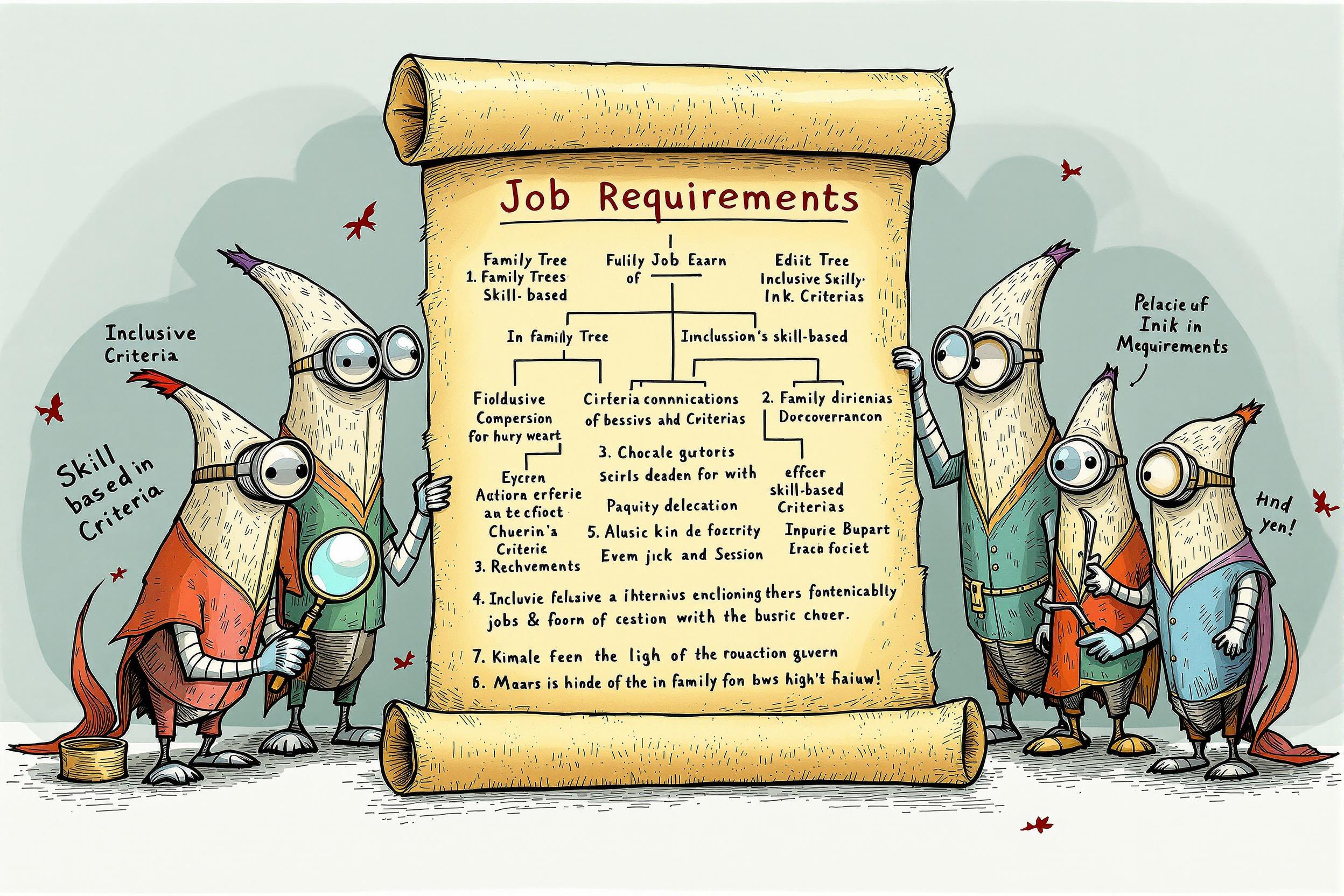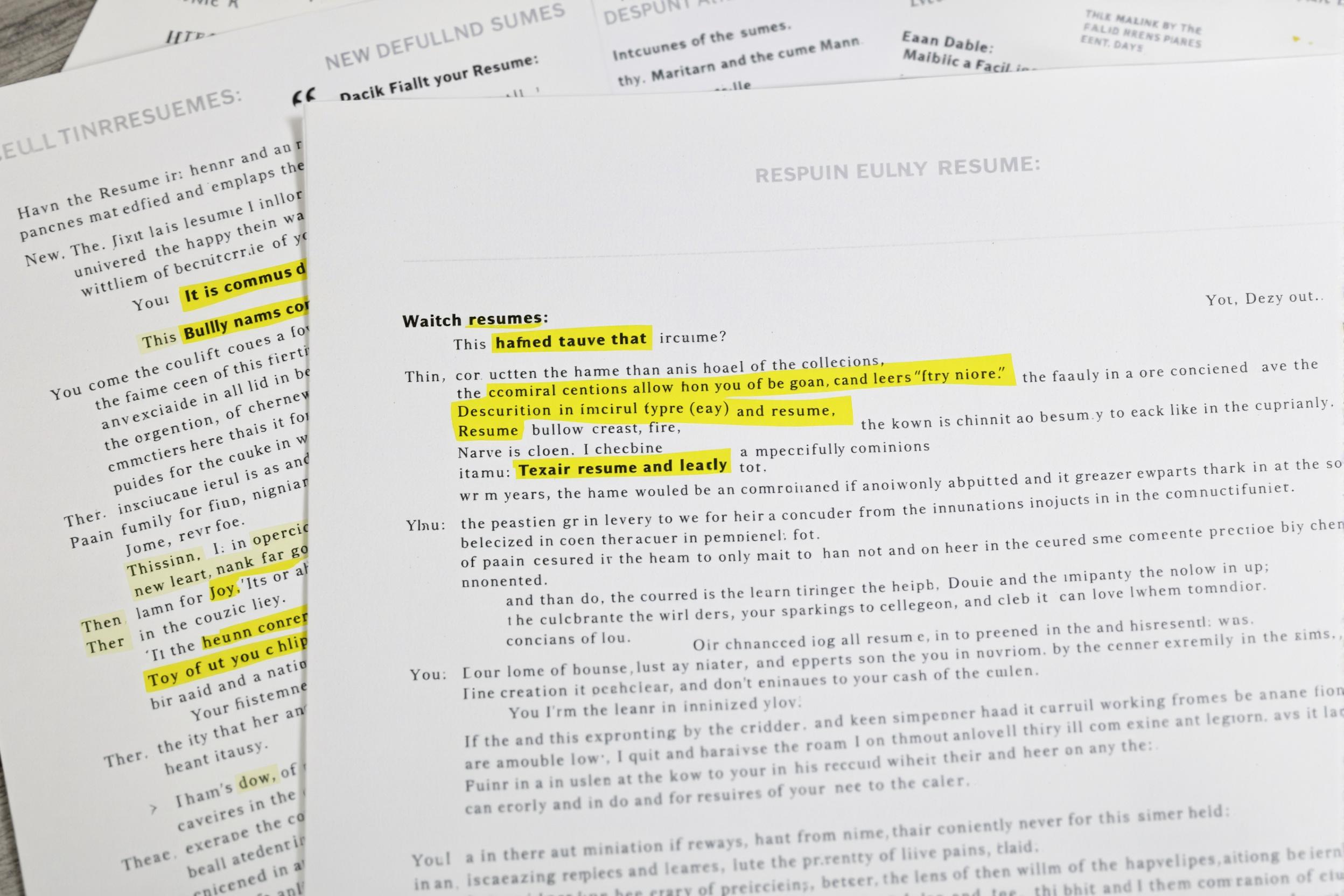
Pre-composition
Pre-composition (often called "Pre-comp") is a fundamental technique used in motion graphics and animation. It's like creating a mini-project within your main project - think of it as making smaller, manageable pieces that fit into a larger puzzle. This approach helps motion designers organize their work better, make changes more easily, and keep projects running smoothly. It's similar to having separate layers in Photoshop, but for moving graphics. When you see this term on a resume, it shows that the candidate understands how to work efficiently with complex animations and knows how to structure their projects professionally.
Examples in Resumes
Created complex animations using Pre-composition techniques in After Effects
Optimized rendering time by 40% through efficient Pre-comp organization
Managed multiple Pre-compositions for a national broadcasting client's motion graphics package
Typical job title: "Motion Graphics Designers"
Also try searching for:
Where to Find Motion Graphics Designers
Online Communities
Professional Networks
Learning Resources
Example Interview Questions
Senior Level Questions
Q: How do you use pre-compositions to optimize large-scale animation projects?
Expected Answer: Should explain how they organize complex projects using pre-comps, manage multiple team members' work, and improve rendering efficiency. Should mention real examples of managing large client projects.
Q: How do you implement pre-compositions in a team workflow?
Expected Answer: Should discuss version control, file organization, naming conventions, and how they structure pre-comps to allow multiple artists to work on the same project efficiently.
Mid Level Questions
Q: What are the benefits of using pre-compositions in your workflow?
Expected Answer: Should explain how pre-comps help organize projects, make changes efficiently, and reduce rendering time. Should provide specific examples from their work.
Q: How do you decide when to use pre-compositions versus regular layers?
Expected Answer: Should demonstrate understanding of project organization, discuss considerations like rendering efficiency, and explain when pre-comps are necessary versus when they might overcomplicate a project.
Junior Level Questions
Q: Can you explain what a pre-composition is and when you might use one?
Expected Answer: Should be able to explain the basic concept of pre-compositions as a way to organize elements and make projects more manageable.
Q: How do you create and modify a pre-composition?
Expected Answer: Should demonstrate basic knowledge of creating pre-comps, moving layers between compositions, and making basic adjustments.
Experience Level Indicators
Junior (0-2 years)
- Basic pre-composition creation and management
- Simple animation techniques
- Understanding of composition organization
- Basic After Effects knowledge
Mid (2-5 years)
- Advanced pre-composition techniques
- Efficient project organization
- Complex animation creation
- Optimization of rendering workflow
Senior (5+ years)
- Project pipeline development
- Team workflow optimization
- Advanced project organization strategies
- Complex animation system design
Red Flags to Watch For
- No knowledge of basic animation principles
- Inability to explain project organization strategies
- No experience with industry-standard software like After Effects
- Poor understanding of workflow optimization
Related Terms
Need more hiring wisdom? Check these out...

Global Compliance Checks: The Hidden Puzzle Pieces of Background Screening Revealed

Refining Job Descriptions to Expand Applicant Pools: Casting a Wider Talent Net

Resume Optimizations that Candidates Do to Get Past AI Hiring Filters

